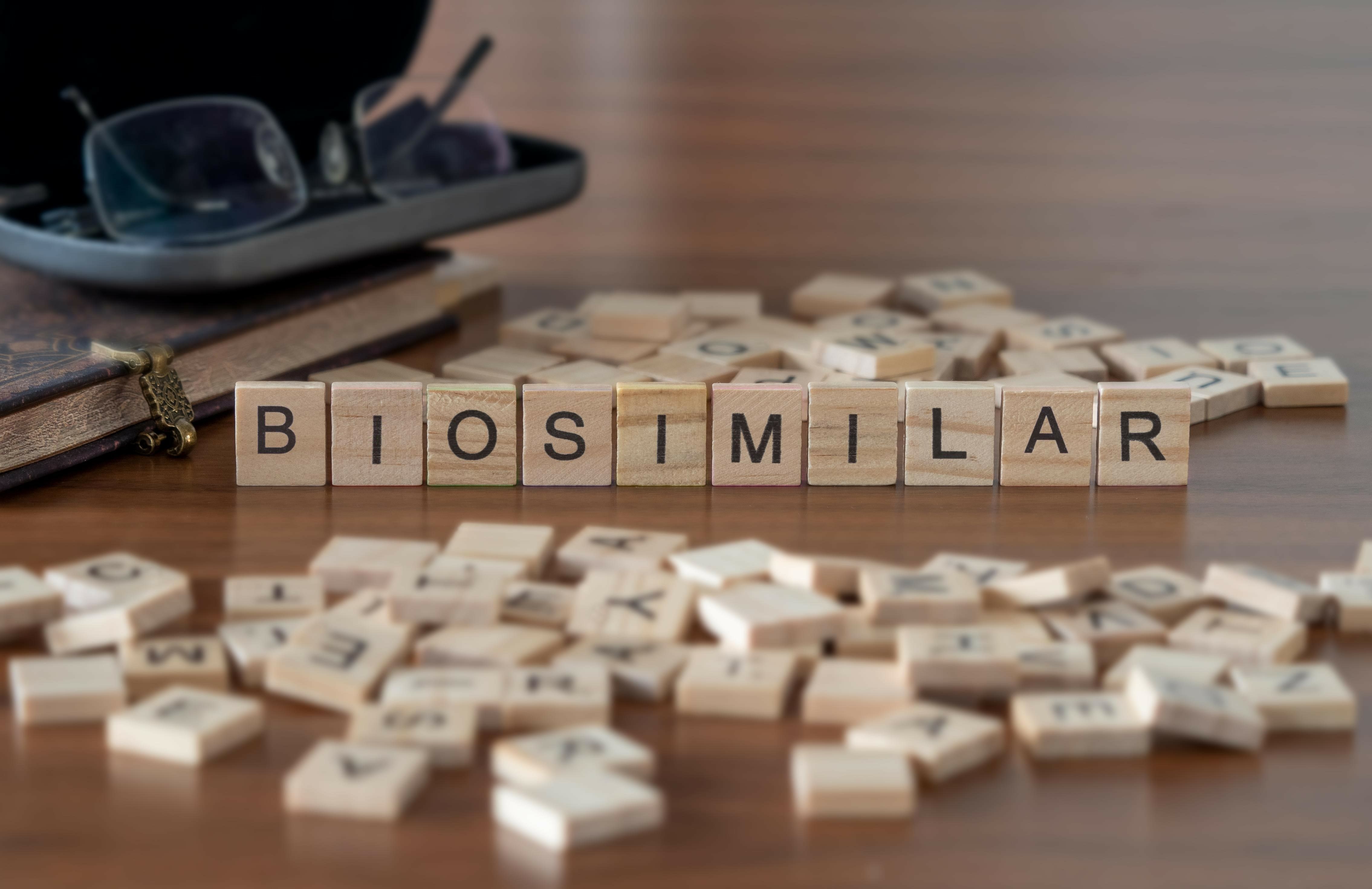About the Author
Jeannette Y. Wick, RPh, MBA, FASCP, is the director of the Office of Pharmacy Professional Development at the University of Connecticut at Storrs.
The number of FDA-approved biologics has exploded, and biosimilars are making their mark.
This article was originally published in Pharmacy Times®.
The variety of biologic medicines now available has helped countless patients deal with diseases for which traditional treatments were unsatisfactory. Individuals who have autoimmune diseases, cancer, and diabetes have benefited, as have those with previously untreatable genetic diseases. The most complex biologics first entered the market in the 1980s and 1990s, and for this reason, many of their patents are expiring.1 The concept of biosimilars was a rational idea that loosely mimicked the idea of generic drugs.2 However, because biologics are large, 3-dimensional, complex molecules, it took some time for regulatory agencies around the world to develop appropriate regulations.3,4
Image credit: lexiconimages | stock.adobe.com

Expanding Nomenclature
Most clinicians now understand that biosimilars, although not identical to the innovator biologic, create greater patient access to therapies much like generic drugs have done for decades.5,6 Biologics and biosimilars are, as the terminology suggests, similar. Both are produced from living cells using biotechnology rather than chemical synthesis.
We now classify biologics into 3 categories, as follows1:
In addition, medicine has used many less complex biologics, such as blood products, enzymes, hormones, and vaccines.1
Jeannette Y. Wick, RPh, MBA, FASCP, is the director of the Office of Pharmacy Professional Development at the University of Connecticut at Storrs.
The European Medicines Agency (EMA) developed its biosimilar regulations more quickly than the FDA did, approving the recombinant human growth hormone somatropin (Valtropin; BioPartners) in 2006.7 In the US, by 2022, the FDA had licensed 1775 biologics, with 82 of those products being biosimilars.8
As all stakeholders in the biosimilar process have become more comfortable with the terminology, the language of biosimilars has, in turn, evolved. Some researchers talk about intended copies, biobetters, and stand-alone products. These biologics are different from either the innovator biologic or the biosimilar. Online Table1,3,4 provides definitions.
Establishing Biosimilarity
The EMA and the FDA have similar approaches to establishing biosimilarity.1 For both the EMA and the FDA, the sponsoring manufacturer needs to study biological and physiochemical comparability to the innovator biologic. They also need to conduct at least 1 clinical trial to look at efficacy and tolerability. Manufacturers must use analytical characterization, receptor binding studies, and bioassays. Using additional laboratory and clinical assessments, companies must demonstrate that their biosimilar’s mechanism of action, functional activity, and basic characteristics are similar to those of the innovator’s product.1
Controversies Persist
Despite the rigorous review process that precedes licensing of a biosimilar, controversies persist. Some experts worry about immunogenicity.9-11 Biologics, primarily because of their high molecular weight and complex composition, can produce unexpected or undesirable immune responses. Patients may develop antidrug antibodies that may result in rare hypersensitivity and anaphylaxis, or decrease the biosimilar’s effectiveness.9-11
Extrapolation is another concern.12,13 Using extrapolation, manufacturers can sometimes demonstrate that their product will address the desired clinical indication without conducting an actual trial. However, any data that they use must emanate from very sensitive clinical models. Many stakeholders in the process are highly critical of any extrapolation when it comes to biosimilars.12,13
Finally, a concern of great interest to pharmacists is interchangeability and substitution.2,4,14,15 Interchangeability is a question that prescribers often have when they start a patient on a biologic; they wonder whether the biosimilar will be as safe and effective as the innovator product, and they have other questions when they need or want to switch a patient from an originator product to a biosimilar. Substitution is familiar to pharmacists as the ability to dispense a biosimilar without the prescriber’s consent or the patient’s approval. In most cases, substitution is not allowed for biosimilars.2,4,14,18
Conclusion
Pharmacists will encounter unfamiliar situations as the number of biosimilars grows. The first is probably the need to conduct an economic analysis before deciding to use a biosimilar. Biosimilars can reduce health care costs and improve access for patients. Pharmacists will understandably field questions from patients and prescribers and should be prepared to answer intelligently.
Eye on Pharma: Sandoz Files Antitrust Suit; Yuflyma Interchangeability; Costco’s Ustekinumab Pick
April 22nd 2025Sandoz's antitrust suit against Amgen, the FDA’s interchangeability designation for Celltrion’s adalimumab biosimilar, and the inclusion of an ustekinumab biosimilar in Costco’s prescription program highlight growing momentum to expand biosimilar access and affordability for patients with chronic inflammatory diseases.
Will the FTC Be More PBM-Friendly Under a Second Trump Administration?
February 23rd 2025On this episode of Not So Different, we explore the Federal Trade Commission’s (FTC) second interim report on pharmacy benefit managers (PBMs) with Joe Wisniewski from Turquoise Health, discussing key issues like preferential reimbursement, drug pricing transparency, biosimilars, shifting regulations, and how a second Trump administration could reshape PBM practices.
President Trump Signs Executive Order to Bring Down Drug Prices
April 16th 2025To help bring down sky-high drug prices, President Donald Trump signed an executive order pushing for faster biosimilar development, more transparency, and tougher rules on pharmacy benefit managers—aiming to save billions and make meds more affordable for everyone.
Biosimilars Policy Roundup for September 2024—Podcast Edition
October 6th 2024On this episode of Not So Different, we discuss the FDA's approval of a new biosimilar for treating retinal conditions, which took place in September 2024 alongside other major industry developments, including ongoing legal disputes and broader trends in market dynamics and regulatory challenges.
Experts Pressure Congress to Remove Roadblocks for Biosimilars
April 12th 2025Lawmakers and expert witnesses emphasized the potential of biosimilars to lower health care costs by overcoming barriers like pharmacy benefit manager practices, limited awareness, and regulatory delays to improve access and competition in chronic disease management during a recent congressional hearing.